Featured in this issue of AI Practitioner’s “Voices from the Field”, Åse Fagerlund, Ph.D., highlights the transformative power of positive psychological interventions and Appreciative Inquiry in her insightful short article, “My Appreciative Inquiry Journey: Transforming Psychological Practice through Positive Interventions.” By centring therapy on individuals’ strengths and attributes, Åse’s approach creates a nurturing and empowering environment. Her research and practice are testament to how such positive psychological approaches significantly enhance the ability of young people to develop vital life skills and boost their overall wellbeing. Åse’s collaborative efforts with diverse groups of stakeholders –including students, parents, educators, and community members – foster a robust support network. This interconnection amplifies individual wellness and plays a crucial role in cultivating healthier, more resilient communities. The emphasis on human connection and mutual appreciation underscores its profound impact on psychological practice and community health. It’s my pleasure to introduce Åse Fagerlund and her masterful work in this issue of AI Practitioner.
Download Voices from the Field.

Keith Storace is a Registered Psychologist with the Psychology Board of Australia (PsyBA) and Associate Fellow with the Australasian College of Health Service Management (ACHSM). He manages a private practice at Kiku Imagination where he applies the Appreciative Dialogue (ApDi) therapy program to assist individuals move toward, strengthen, and enjoy what is meaningful while dealing with the challenges they encounter along the way.
Åse Fagerlund | Finland
Åse Fagerlund, Ph.D., is a neuropsychologist, psychotherapist and researcher focusing on increasing mental wellbeing in all her work with individual clients, teams and organizations. Åse is also a certified Appreciative Inquiry practitioner trained by David Cooperrider and Ron Fry.
My Appreciative Inquiry Journey: Transforming Psychological Practice through Positive Interventions
From deficit-based to strengths-based
Sam was 12 years old, but by the looks of him you might have guessed he was around 8. He could hardly sit still in my office, constantly fidgeting with something in his hands. He was there to undergo a neuropsychological examination by me, and I could already see it was not going to be an easy task for either of us. Introducing the procedures I told Sam we would look at what he was good at as well as at what was more difficult for him at school. In my role as the neuropsychologist, I had excellent validated tests at hand, but my problem with them was that I knew they would only reveal deficits in Sam’s cognitive behavioural functioning. His biological mother had been a heavy drinker during pregnancy and Sam suffered from vast brain damage caused by fetal alcohol exposure. Regarding Sam’s strengths, I had no tests. I needed to chat with him informally to be able to tell him and his foster parents about him being kind, a good friend or good at soccer.
Sam would have been a typical client, as my frustration with a deficit-based way of working grew over many years. That was until I stumbled upon an area in psychology that wasn’t really considered “real” psychology among my colleagues: positive psychology. Very soon I realized I had found the very methods and tools I had been looking for a long time. Here were the tools to help young people map their strengths, not just their difficulties. Finally, I had found evidence-based interventions to teach young people life tools to get them through, or help them handle the difficulties life had thrown at them. The heavier the backpack to carry, the more life skills needed to handle the journey.
The effects of wellbeing training on children, parents and teachers
I embraced the opportunity to set up a research project and, since 2015, I have led a research group focusing on testing positive psychological methods to help young people build life skills and increase their wellbeing; first at a non-profit research foundation and now at the Department of Education at the University of Helsinki. Over the years we have seen children increase their psychological wellbeing, positive emotions and hope, as well as diminishing symptoms of depression and stress because of the training. We went on to develop and evaluate wellbeing training for both parents and school staff. We have now seen parents increase their abilities to engage mindfully with their children and be more self-compassionate. We have seen the wellbeing of teachers increase as they have learned about how to teach wellbeing skills to their students. Soon teachers were asking for more. How could they integrate all these tools around wellbeing into a whole school approach?
Whole school wellbeing
I heard David Cooperrider speak about something called Appreciative Inquiry (AI) at the International Positive Psychology Association (IPPA) World Congress in Montréal, Canada in 2017, and managed to speak with him: “Oh, you come from Finland,” he said, “do you know Martti Ahtisaari?”
No, I didn’t know our former president personally, but David apparently did. I realized I had again stumbled upon an important area that might be exactly what I needed to offer the teachers and the schools. I chose to pursue training in AI, but it proved challenging. Despite searching, I found no available courses in Finland or the neighbouring Nordic countries. Finally, in 2019, I travelled to Cleveland USA for training led by David Cooperrider and Ron Fry.
That training in AI changed my (work)life. Today, I train teachers and parents in applying wellbeing skills, first with themselves, and then with their children or students. And then we go on to build wellbeing plans for entire school communities through AI processes. Wellbeing teams from schools come together and work in collaboration with parents, students and representatives from recreational associations (e.g. the local soccer club or dance group) on mapping what they already do for the wellbeing of young people in their community.
They dream of what might be and they start planning what will be. As their plans progress, we invite local decision-makers and media to hear about their work to elevate their plans, and the importance of their work. Mostly, I don’t do this alone, but in collaboration with what we call the national home–school association. They can lift the importance of really involving parents and help schools establish local home–school associations for the schools if they don’t already have them. I think many attempts at schools to increase student wellbeing are not as effective as they could be if parents were beneficially involved. It does take a village to raise a child, especially if a child carries that rather heavy backpack. Finally, we try to continue the work with yearly booster gatherings where wellbeing teams from schools come together to share ideas and best practices to move forward.
Can we narrow the gap between deficit-based and generative-based interventions?
I am still also the neuropsychologist and psychotherapist, meeting clients with a lot of challenges and often a very negative outlook on life. Meet Lisa and her shame, for example. Lisa was so ashamed of herself she found it awful to attend meetings at work, not to speak of going on work trips. Because what if she slipped and said something embarrassing? What if she didn’t fit in and others found her odd? As a result, she tried her best to be on constant alert and control herself. Apart from being depressed and anxious, she was absolutely exhausted.
Could work inspired through AI form part of her evidence-based treatment? This is an area where I am learning and trying to find my way forward in my role as a clinician. When a client has a three-hour daily cleaning ritual, or is too anxious to go to work, or is suffering from post traumatic stress disorder, I must stick to evidence-based treatments. Anything else would be unethical.
Taking treatments further
But still, I keep wanting to take their treatments further, to focus and work on AI questions like: What might have been a time in your life when you thrived or excelled? What did that feel like? What is your vision for your life? What do you most long for? What might be? I must meet clients where they are in all their anxiety and stress, not ignore but validate the heavy backpacks they carry. When they can walk with them, maybe can we then look for new life paths forward.
As a neuropsychologist I might describe this process from a subcortical perspective. Below the cortex (the human part of our brains) there is a structure called the amygdala. The amygdala functions as the fear centre of our brains, one we have in common with all other mammals. When a rabbit or a dog or a human gets scared the amygdala is firing and flooding the brain with chemicals to help survival. We go into the well-known fight, flight or freeze reactions.
My clients in psychotherapy are often in high-alert amygdala-activated states, anxious, fearful or defensive. Positive, generative questions as we find in AI might not reach them then, as survival responses overrule everything else. First, we need to find ways to calm the amygdala enough to handle life challenges. This is what many techniques in psychotherapy are about. Only when the amygdala, or the fear reaction, is within manageable realms are we able to take in new perspectives and be positively creative about our future (Corresponding processes might, by the way, be true of malfunctioning organizations and teams with workers on a constant high alert.)
To conclude, I think the existing gaps between mental health professionals (as with me, the psychotherapist) and coaches (as with me, the Appreciative Inquiry practitioner) are too wide. The two do not really interact and tend to stay a bit suspicious or ignorant of one another. Still, our clients are the same ones. Employees in companies around the world suffer from mental health
issues like anxiety, depression, or obsessive-compulsive disorders. And, just like psychotherapeutic approaches may benefit from integrating the like of AI-generated frameworks to help clients move forward in their lives, AI processes, whether in the form of summits, teamwork or individual coaching, may also benefit from adapting procedures to the needs of different kinds of individuals.
For example, imagine my client Lisa participating in an AI summit at her workplace. She might not excel in a typical AI summit format. Instead, she’d be constantly on her guard, afraid of making a fool of herself, afraid of what others might think of her opinions, so she might try to stay as silent as she could and only say things she thinks might please others to hear. Or imagine Lucas, a typical introvert. The VIA strengths assessment might give him top points for prudence, humility and perseverance, but not as much for social skills. In the AI discovery interview he might mumble and stumble some; in small group work, he’d be mostly silent if not prompted to talk. Still Lucas is very bright and creative if given the time to think things through by himself.
AI summits that help people shine
How could the procedures at an AI-summit not only accommodate for people like Lisa and Lucas, but help them contribute and shine? They are not uncommon, either. Studies show that around 30% of adults around the globe define themselves as introverted, and 4-5% of adults fulfil diagnoses of anxiety and depression. And I might just as well admit being one of these introverts. I love thinking, learning, listening and teaching. But I don’t thrive in small group discussions dominated by fluent extroverts, where all my energy goes into listening and I easily get overwhelmed. My own creativity and positivity thrive when I can think in peace and quiet. When I write on my own, I get into flow.
What if we could arrange AI summits where introverts or anxious, unsure ones get to think things through on their own accord, write down their answers or paint them? Not let the extroverts in the room dominate all small group work and lose sight of many great ideas. What if silent energy and joy are just as valuable as loud energy and expressive joy? I would like to end by proposing a challenge: Could we arrange an AI summit about an AI summit where everyone thrives, introverts and extroverts, high self-esteem, and low self-esteem, calm and anxious alike? One size does not fit all.
Note: For confidentiality, all descriptions of clients in this article have been anonymized, and specific identifying details have been altered. These measures ensure the privacy and protection of individual identities as per ethical research standards.



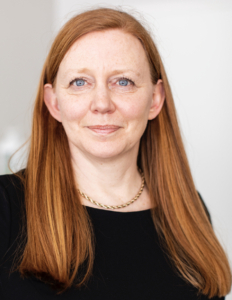
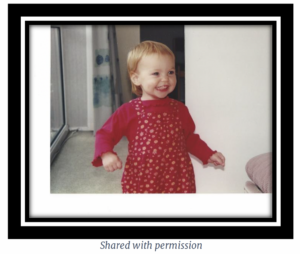
 Sasha Farley | Puerto Rico
Sasha Farley | Puerto Rico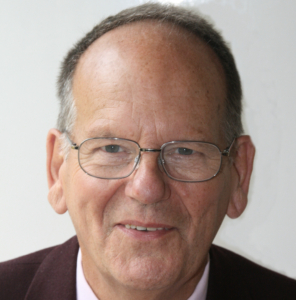

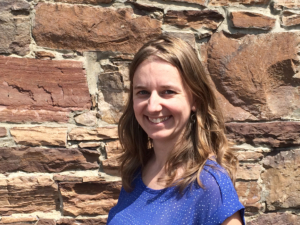 Alexandra Arnold | USA
Alexandra Arnold | USA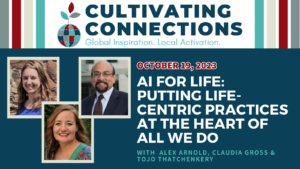
 Architect, family therapist, musician, bathed in Italian, French, and American culture, and passionate about social constructionism, Alain has graciously offered the French-speaking public the translation of many books by Kenneth Gergen, as well as many other authors.
Architect, family therapist, musician, bathed in Italian, French, and American culture, and passionate about social constructionism, Alain has graciously offered the French-speaking public the translation of many books by Kenneth Gergen, as well as many other authors.

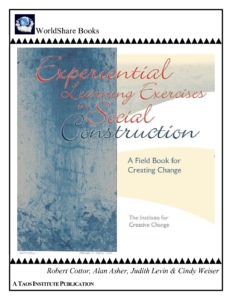
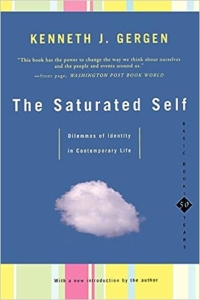
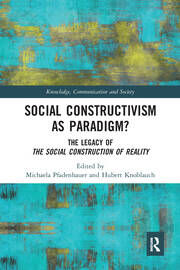
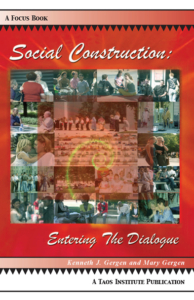

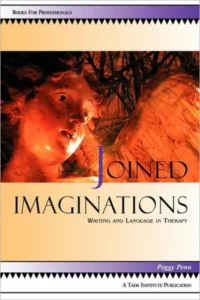


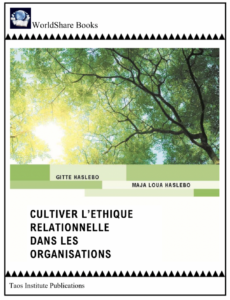
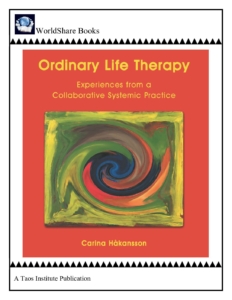


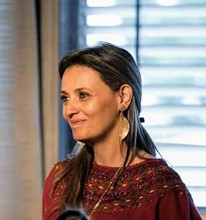
 Once I started to understand more about it, I realised how valuable it would be even to our own company and all agreed I should undertake training. I was lucky to find immediately a course at one of the finest universities in Latin America, the Adolfo Ibañez University in Chile, where I attended “Fundamentals of Appreciative Inquiry”. I’m grateful to the universe that the one I found was the best for me and close to home. Feeling as if I was back in school on that first day, I listened: the words made sense and resonated with every dream created in the training and embedded in the process of individual and community psychotherapeutic intervention. I met Miriam Subirana in person and David Cooperrider in a closing conference online, as well as Chilean academic professionals, Jorge Sanhuenza and Roberto Aristegui, exponents of AI who planted an appreciative seed in the lives of others, including vulnerable Chilean communities. I returned home, first to apply AI to my own life, and then put it into practice working with others, and ultimately to life as a whole.
Once I started to understand more about it, I realised how valuable it would be even to our own company and all agreed I should undertake training. I was lucky to find immediately a course at one of the finest universities in Latin America, the Adolfo Ibañez University in Chile, where I attended “Fundamentals of Appreciative Inquiry”. I’m grateful to the universe that the one I found was the best for me and close to home. Feeling as if I was back in school on that first day, I listened: the words made sense and resonated with every dream created in the training and embedded in the process of individual and community psychotherapeutic intervention. I met Miriam Subirana in person and David Cooperrider in a closing conference online, as well as Chilean academic professionals, Jorge Sanhuenza and Roberto Aristegui, exponents of AI who planted an appreciative seed in the lives of others, including vulnerable Chilean communities. I returned home, first to apply AI to my own life, and then put it into practice working with others, and ultimately to life as a whole.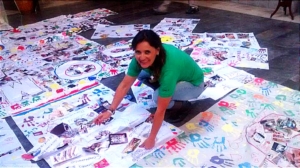 We received our first invitation in January 2015 to facilitate an intervention and conference about the experiences lived in Ecuador. A group of teachers living with the reality of the guerrilla activity that affected the country for many years, and the social impact this had on families and school structures, initiated a diploma course in the development of equipment and technologies with social implications. Well, there we were, our first extraordinary summit – full of feeling, so much to elaborate upon, so much to discover, so many dreams to bring to life and, above all, the possibility of designing possible solutions around their current reality. This journey was leading us to fulfil and live an appreciative transformation. So began our collective dreaming – the sum of this respectful group of souls, outstanding professionals from different countries: Argentina, Columbia, Ecuador and Mexico, including Andrea Torrecilla, Rosalinda Malagón, Mauricio Merino and María José Barona.
We received our first invitation in January 2015 to facilitate an intervention and conference about the experiences lived in Ecuador. A group of teachers living with the reality of the guerrilla activity that affected the country for many years, and the social impact this had on families and school structures, initiated a diploma course in the development of equipment and technologies with social implications. Well, there we were, our first extraordinary summit – full of feeling, so much to elaborate upon, so much to discover, so many dreams to bring to life and, above all, the possibility of designing possible solutions around their current reality. This journey was leading us to fulfil and live an appreciative transformation. So began our collective dreaming – the sum of this respectful group of souls, outstanding professionals from different countries: Argentina, Columbia, Ecuador and Mexico, including Andrea Torrecilla, Rosalinda Malagón, Mauricio Merino and María José Barona.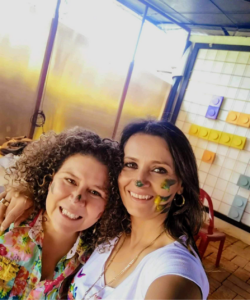 Thus began the transformation of how I viewed myself and my immediate environment – and the world. Everything makes sense in its totality, in the appreciative, in listening to my voice, to the voices of all, to co-build from the foundations we discover in ourselves, in dreaming ourselves, designing ourselves, and in living that transformation by choosing appreciatively.
Thus began the transformation of how I viewed myself and my immediate environment – and the world. Everything makes sense in its totality, in the appreciative, in listening to my voice, to the voices of all, to co-build from the foundations we discover in ourselves, in dreaming ourselves, designing ourselves, and in living that transformation by choosing appreciatively.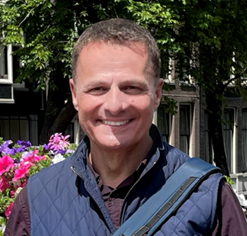

 Rosemary has worked as a community development officer for the City of Toronto since 2003. Since her first exposure to Appreciative Inquiry during a conference in Washington, D.C. she has used it as a facilitative approach integrating it into her community development work. Along with appreciative practice, she also uses asset-based, strength-based, solution-focused and anti-oppressive practices.
Rosemary has worked as a community development officer for the City of Toronto since 2003. Since her first exposure to Appreciative Inquiry during a conference in Washington, D.C. she has used it as a facilitative approach integrating it into her community development work. Along with appreciative practice, she also uses asset-based, strength-based, solution-focused and anti-oppressive practices.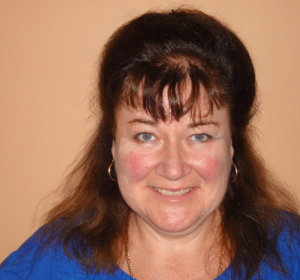 From September 2017 to April 2018, Amanjot worked alongside Rosemary Bell in a variety of community-based initiatives including co-creating and co-facilitating placement student workshops while working towards her Masters’ in Social Work. Appreciative Inquiry (AI) has assisted her in developing questions and evaluation sheets and by using the concepts within research. As a newly exposed user of AI she hopes to learn more and integrate AI approaches to evaluation, outcomes and non-profit management.
From September 2017 to April 2018, Amanjot worked alongside Rosemary Bell in a variety of community-based initiatives including co-creating and co-facilitating placement student workshops while working towards her Masters’ in Social Work. Appreciative Inquiry (AI) has assisted her in developing questions and evaluation sheets and by using the concepts within research. As a newly exposed user of AI she hopes to learn more and integrate AI approaches to evaluation, outcomes and non-profit management.